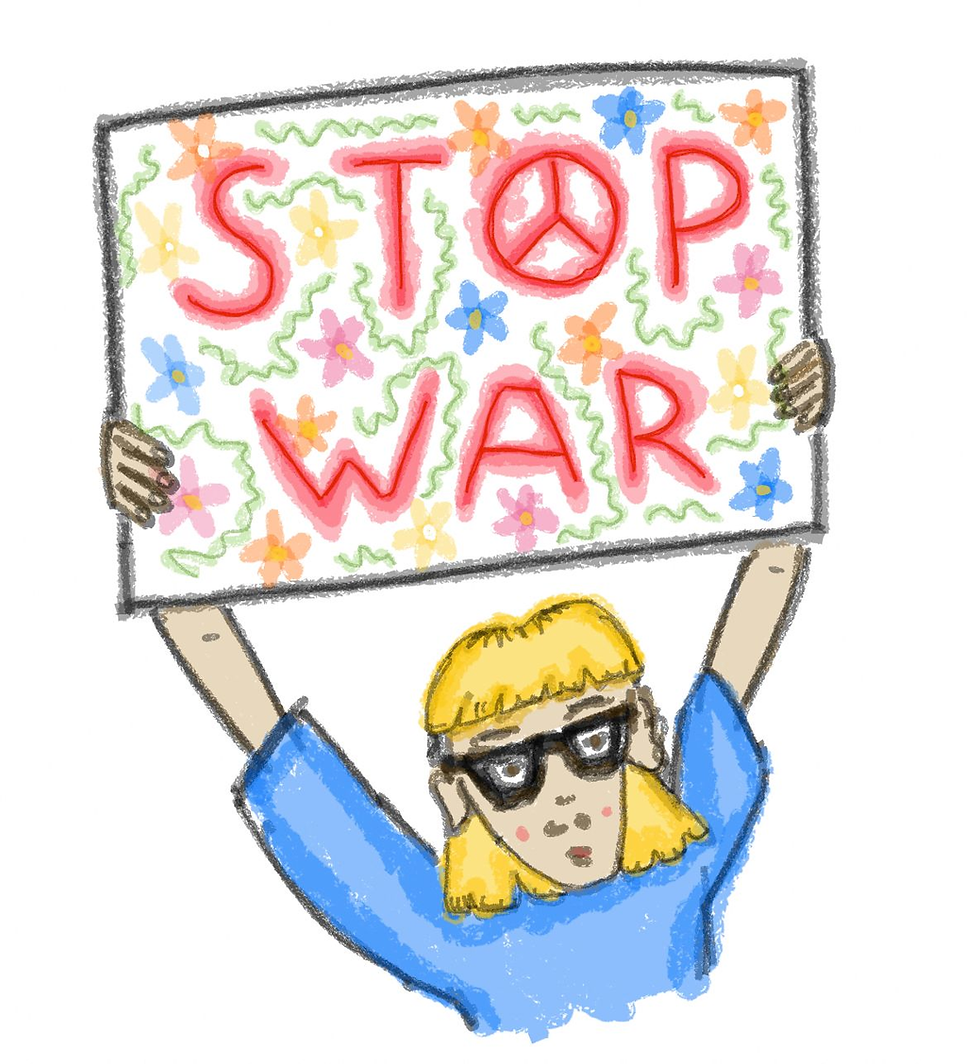Endurance: Hiroshima and Nagasaki, 80 Years After
- Ami John
- Oct 8
- 3 min read

Public memory of Hiroshima and Nagasaki has long been shaped by a U.S.-centred narrative that frames the atomic bombings as a tragic but necessary end to brutal war — arguments that fall under the language of the “greater good.” Japanese reception, however, especially from the hibakusha (survivors of the atomic bombings), reveals that their suffering did not end on August 6th or August 9th, 1945. It carried forward into the decades that followed and still persists in 2025, eighty years later. After eight decades, the bombings remain a subject of fierce debate about the ethics of warfare, science, and morality. Yet remembrance is always contingent on perspective.
In Japan at War: An Oral History (1993), Haruko Taya and Theodore Cook capture what might be called the lifespan of catastrophe. Survivors recall the stillness before the flash: a girl walking to school, a mother cooking, a man on his bicycle. Then, a light so blinding it seemed to freeze time, followed seconds later by the destruction of an entire city.
In the U.S., the bomb is remembered as an ending – an inevitable decision. In Japan, it is remembered as something that never ends, a constant presence. This is why the mayor of Nagasaki, Shiro Suzuki, recently warned: “Conflicts around the world are intensifying in a vicious cycle of confrontation and fragmentation. If we continue on this trajectory, we will end up thrusting ourselves into a nuclear war.” His voice echoes the distress of an entire nation, a plea for the world to pause and reflect. Eighty years from now, what will matter is not the so-called end of war, but the endurance of those who lived through it – as one survivor put it, the bomb “lives inside us.”
In 1981, Japanese physicians published Hiroshima and Nagasaki: The Physical, Medical, and Social Effects of the Atomic Bombings. They described lifelong anxiety, the constant fear of invisible radiation, and the stigma that came with being hibakusha when seeking marriage. Survivors faced rejection in their jobs and families. Every year after the attack was not simply an anniversary, but a reminder of their misfortune, of wounds that could never fully heal, both mind and body. Their trauma was durational – it stood the test of time. Photographer Yoshito Matsushige recalled taking pictures of suffering: the tears of schoolchildren, the stench of flesh burning, and the eerie silence of a city that had thrived only seconds before. He was torn between his duty to capture and his instinct to help. His account makes the bomb human – not a single “event” where people died instantly, but an ordeal that killed slowly, with the smell of acid and skin still in the air.
After the surrender, U.S. and British scientists arrived in Japan to study what the atomic explosion did. Their reports often reduced the destruction to technical data, framing the bombings within a teleological script of necessity – a weapon that ended the war, that saved lives. What was missing were the social realities of the hibakusha. Their stigma, their fears, their endurance – these were not part of the story the West wanted to tell. The studies became controversial, and the most painful details were left out of classrooms, deemed “too much” for children to learn. Ironically, it was children who had suffered the most in August 1945.
Eighty years later, Japan’s remembrance is layered and plural. Hiroshima and Nagasaki remain centres of peace education and survivor testimony. Political leaders, like Suzuki, remind the world that the threat is not past. Ordinary survivors like Hiroshi Nishioka, now ninety-three, recall in horror how “one after another they died.” His pain is alive, and proof that for those who lived through it, the bomb is not a chapter in a book but the condition of a lifetime.
To speak of endurance is not just to mark survival but to recognise resilience: the hibakusha who turned trauma into peace movements, who stood in classrooms and foreign halls to testify, who refused to let their pain be forgotten. But endurance is also heavy. It is the weight of memory itself—wounds reopening every August, families living with stigma, survivors carrying the quiet fear of what might be passed on to their children and grandchildren.
In a time of new conflicts across the world, we must remember that these were real people, real lives, not headlines or abstract debates. They serve as reminders that history does not end when a treaty is signed, or a city is rebuilt. To remember is not simply to mourn, but to refuse repetition—to ensure that the endurance of one generation does not become the inheritance of another.







Comments